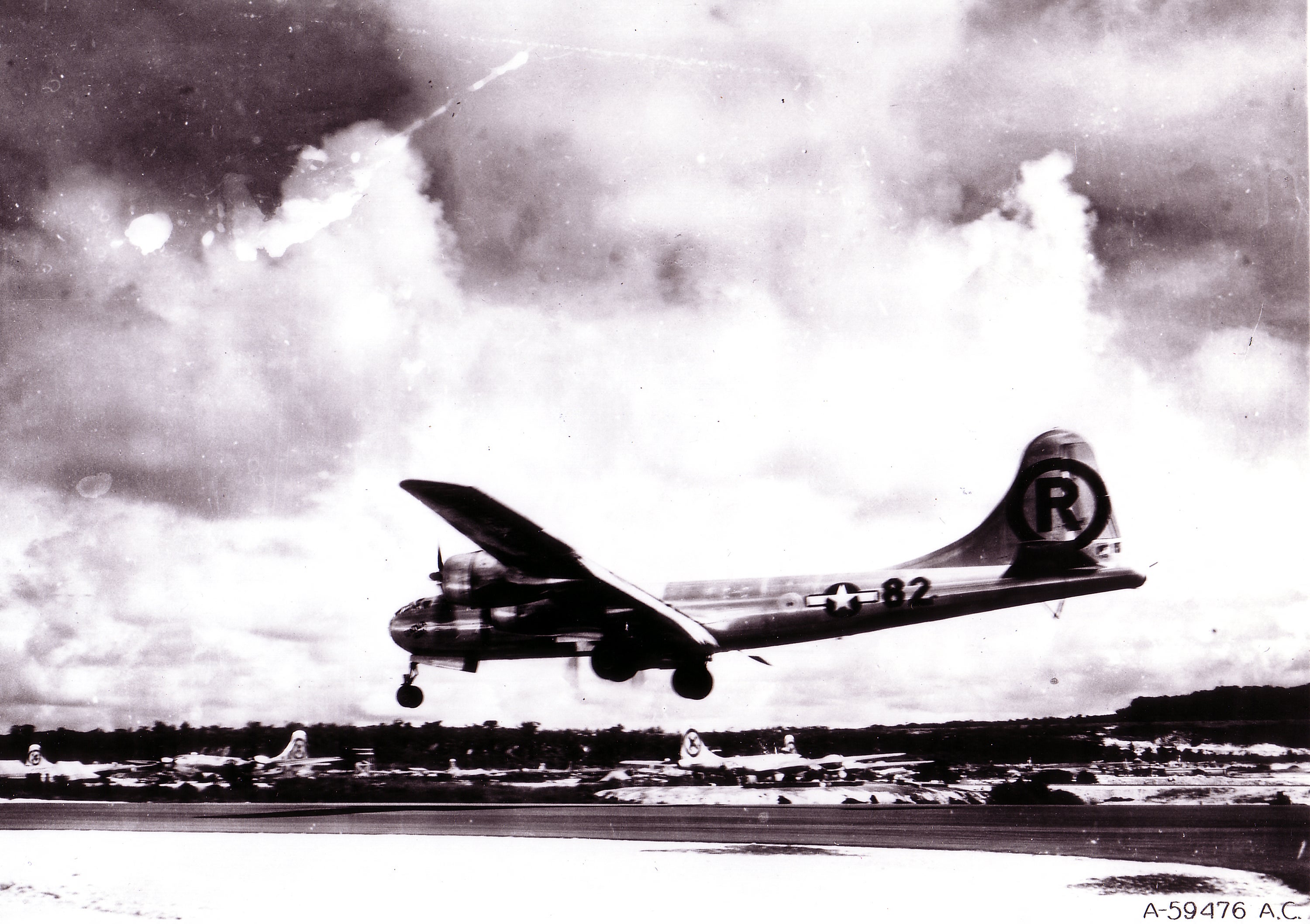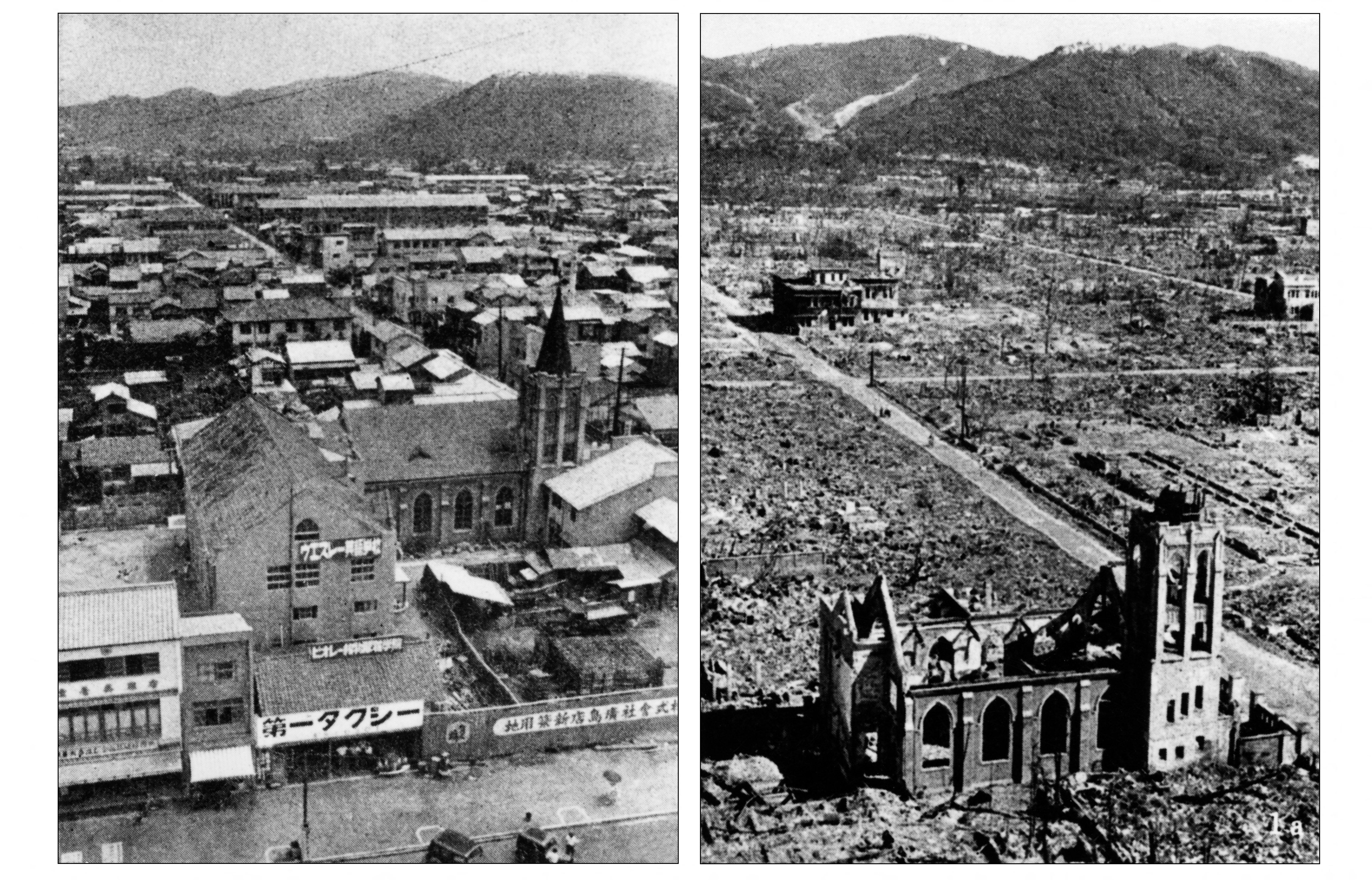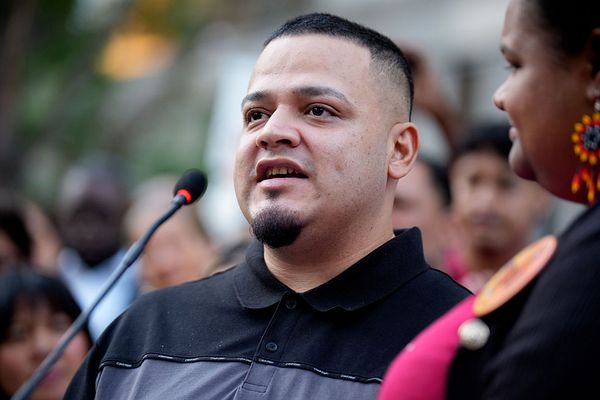Eighty years ago, a weapon was used which would transform modern warfare and the entire world forever.
Hiroshima, in Japan, was the target of the first ever nuclear weapon, dropped by the US Air Force on 7 August 1945 - killing more than 150,000 people in the months afterwards, according to some estimates.
Although victory had been declared in Europe four months earlier, American forces continued to fight Japan over the summer, in what would be the final months of the protracted Pacific War.
Just three days after the catastrophic nuclear attack on Hiroshima, Nagasaki met a similar fate. It had been just weeks since the first successful test of a nuclear weapon was masterminded by J. Robert Oppenheimer.
Eighty years later, The Independent takes a look at the direction nuclear warfare took after that seminal day - and how different nuclear weapons are now
How has the nuclear bomb developed since 1945?
Nicknamed ‘Little Boy’, the bomb dropped on Hiroshima exploded some 1,800 feet above the city, where it delivered around 12.5 kilotons of TNT.
Large sections of the city - five square miles - were razed to ashes. Within just four days, 120,000 people were killed, many instantly vaporised and others dying due to the impact of the burns and radiation in the days afterwards.
“‘Little Boy’ was a gun-type weapon, which detonated by firing one mass of uranium down a cylinder into another mass to create a self-sustaining nuclear reaction,” the National Museum of the US Air Force explains. “Weighing about 9,000 pounds (4.5 tons), it produced an explosive force equal to 20,000 tons of TNT [explosive].”
Delivered by the USAAF B29 bomber `Enola Gay’, ‘Little Boy’ has now been entirely taken out of operational use - but its creation had set US and Russian scientists into a frantic race to develop the largest and most powerful nuclear weapons, in the largest quantities.

Seven years after the two Japanese cities were decimated by the atomic bomb, the US tested a brand new type of nuclear weapon: the hydrogen bomb.
First tested at Enewetak Atoll in the Marshall Islands, the hydrogen bomb was 500 times more powerful than the one used in Hiroshima. It is believed that many if not all current nuclear weapons in America’s stockpile are hydrogen - or thermonuclear - weapons.
The largest ever bomb test was conducted by the Soviet Union, who tested a 58-megaton atmospheric nuclear weapon nicknamed the ‘Tsar Bomb’ near northern Russia.
In recent decades, following many years of international efforts to prevent the production of new nuclear weapons, the US has focussed on modernising its existing stockpile. According to the Bulletin of the Atomic Scientists (BAS), the US has begun a modernisation programme which will “ultimately see every nuclear delivery system replaced with newer versions over the coming decades”.
How large have nuclear arsenals grown?
The Hiroshima bomb was dropped a mere three weeks after the Trinity test, the first successful test of a nuclear weapon the world had ever seen.
At the time, the American nuclear arsenal consisted of two weapons: the bombs which were used to destroy large areas of Hiroshima and Nagasaki, a catastrophe for the Japanese people, hundreds of thousands of whom were killed. But it was seen by some as one of the main reasons World War Two came to an end when it did.
Fast forward five years and the US had developed 299 more nuclear weapons, a nuclear arsenal nearly 60 times larger than that of the Soviet Union, which contained five, having tested its first nuclear bomb just one year earlier in 1949.

After a rapid period of dramatically increasing stockpiles during the Cold War saw the US stockpile hit a peak of 31,255 in 1961 and the Russian stockpile peak at 45,000 in 1986 - according to BAS estimates - numbers steadily decreased for decades.
The International Campaign to Abolish Nuclear Weapons (ICAN) says the US has approximately 5,044. Russia is estimated to have around 5,580, making it the world’s largest stockpile. In descending order of the size of their arsenal, the other seven countries believed to have nuclear weapons are China, France, United Kingdom, Pakistan, India, Israel, North Korea. Not all of these countries openly admit they possess the weapons.
In the eight decades since the catastrophes in Hiroshima and Nagasaki, nuclear weapons have never been used in combat - but the incomparable destructiveness of hydrogen bombs and the sheer number of nuclear weapons in the world makes their risk far greater.







